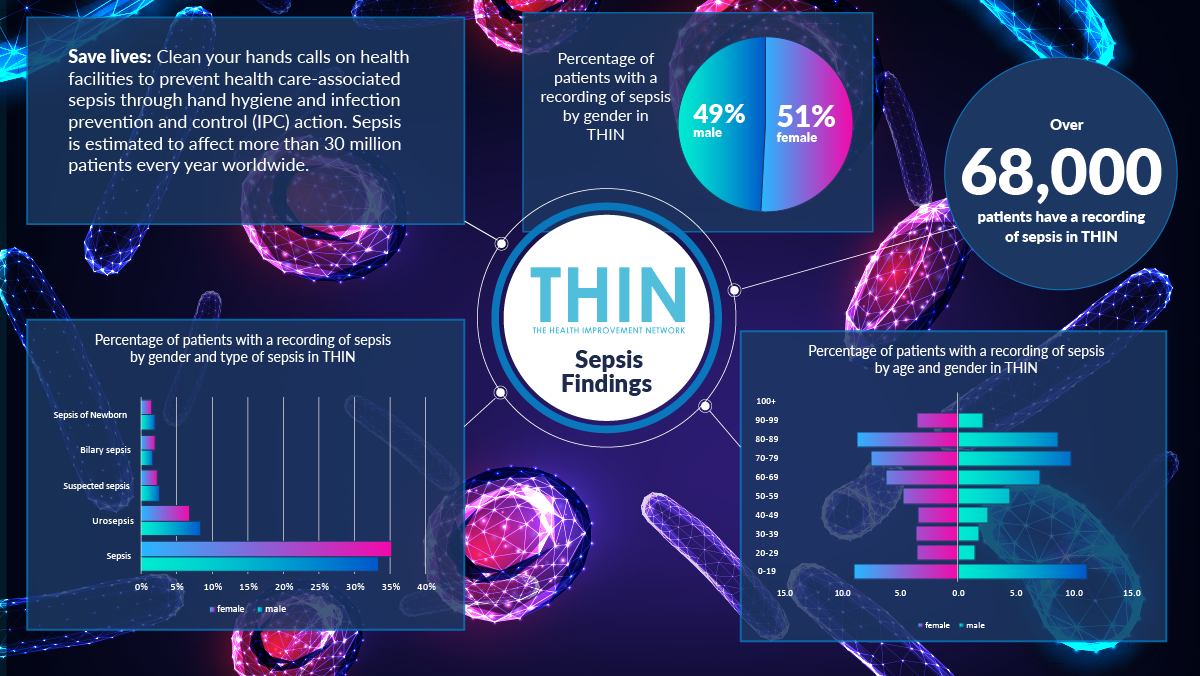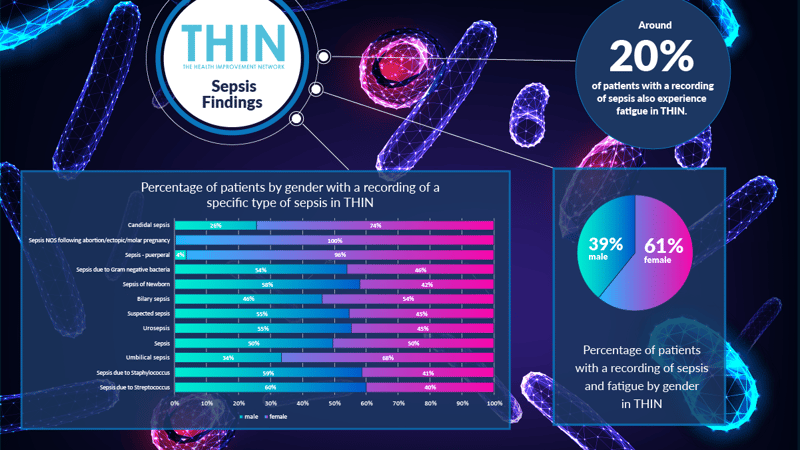

By Samir Dhalla
On May 5, 2021
Read time
5 minutes
The importance of hand hygiene – from Covid-19 to Sepsis
Hand sanitising has taken centre stage over the past year as a key strategy in the fight against COVID-19 transmission. But as any healthcare professional knows, hand hygiene is vitally important every day – especially in the fight against sepsis.
According to the World Health Organisation (WHO) one in four cases of sepsis in hospitals and one in two cases of sepsis in ICUs result from health care-associated infections (HCAI). Hand hygiene is a crucial part of the prevention of microbial cross-transmission from healthcare professionals to patients, which is why Global Hand Hygiene Day on 5th May each year mobilises people around the world to increase adherence to hand hygiene in health care facilities, thus protecting health care workers and patients from infections.
This year, WHO is calling on health care workers and facilities to achieve effective hand hygiene action at the point of care, with hand hygiene performed at five specific moments to be effective and prevent transmission of infectious micro-organisms during health care delivery.
Healthcare Associated Infection
Sepsis is the life-threatening response of a patient’s own body to a pre-existing infection and has been found to be a contributing factor in one third of all hospital deaths. Sepsis occurs in response to an infection – with infections in the lung, skin or gastrointestinal tract most often leading to sepsis. When sepsis is not recognised early and managed promptly, it can lead to septic shock, multiple organ failure and death. Patients who are critically ill with severe COVID-19 and other infectious diseases are at higher risk of developing and dying from sepsis – as are young children, individuals over the age of 65 and sepsis survivors.
The WHO report confirms that sepsis frequently results from infections acquired in health care settings. Around half (49%) of patients with sepsis in intensive care units acquired the infection in the hospital. An estimated 27% of people with sepsis in hospitals and 42% of people in intensive care units will die.
Hand hygiene – through hand washing or alcohol based hand sanitizer - is a crucial part of the prevention of microbial cross-transmission from healthcare professionals to patients. The main goal of the Global Hand Hygiene Day campaign is to recognise that handwashing is one of the most effective actions that can be taken to reduce the spread of pathogens and prevent infections, including the COVID-19 virus. Health workers and community members alike can play a role in preventing infections by practicing regular and frequent handwashing.
Escalating Risk
The impact of sepsis globally is devastating – each year sepsis kills 11 million people, more deaths than from cancer, and many victims are children. It disables millions more. While the majority of sepsis deaths are in the developing world, the UK Sepsis Trust estimates that the condition affects around 250,000 people in the country and claims just under 50,000 in the UK every year. An ageing population combined with antibiotic resistance is creating additional risks and leading to a sharp rise in sepsis deaths in the UK.

Analysis of The Health Improvement Network (THIN®), a Cegedim database, reveals over 68,000 patients have a recording of sepsis – and it confirms the high proportion (20%) of children affected. Older individuals are also at a higher risk of sepsis – over half of all patients with a recording of sepsis in THIN® are over 60.
These sepsis survivors are not out of danger: only half will completely recover, the rest will either die within one year or be burdened by long-term disabilities. According to the UK Sepsis Trust, nearly 80,000 people each year suffer life-changing after-effects: around 40% of sepsis survivors suffer long-term cognitive impairment and functional disability. According to analysis of THIN®, 20% of patients with a recording of sepsis also have a recording of fatigue.
Clearly it is vital to address the risk associated with HCAI which WHO cites as a major problem for patient safety, leading to prolonged hospital stay, long term disability, increased resistance of microorganisms to antimicrobials, massive additional financial burden, high costs for patients and their families, and excess deaths. The organisation reinforces the importance of population health data resources, calling for the surveillance and prevention of HCAI to be a first priority for institutions committed to making health care safer. But with sepsis cases rising, it is also important to use anonymised population health data to better understand the impact of sepsis on surviving individuals to ensure they receive the optimal support for the associated cognitive and functional impairment.
About THIN®
THIN® is an unobtrusive medical data collection scheme that contains anonymised longitudinal patient records for approximately 6% of the UK population. It is the key driving force behind enabling advancements in patient care and outcomes, with one of the most respected and reliable data sources for anonymised primary care records.
